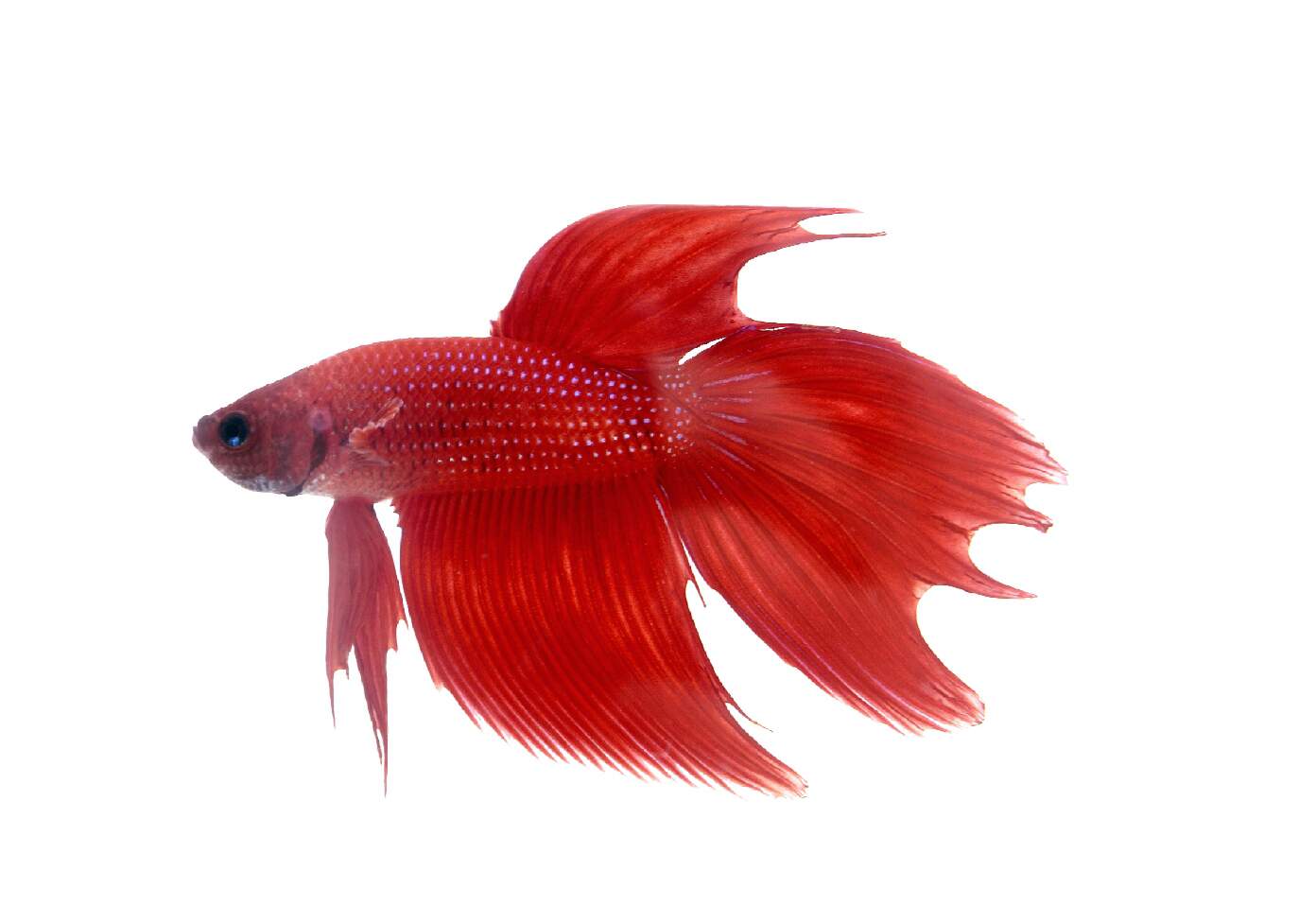How to Reproduce Betta Fish Successfully: Specialist Strategies and Insights for Hobbyists Looking to Expand Their Betta Collection
Reproducing Betta fish needs a nuanced understanding of genes and environmental conditions, making it crucial for hobbyists to come close to the process with both diligence and treatment. Developing an optimal reproduction setting, selecting the right pairs, and observing the complexities of their courtship actions are fundamental actions that can significantly affect the outcome.
Understanding Betta Fish Genetics
Understanding the genetics of Betta fish is vital for successful reproduction, as it influences characteristics such as shade, fin shape, and behavior. Betta fish exhibit a diverse selection of colors and patterns, largely figured out by their hereditary makeup. The primary genetics in charge of pigmentation consist of the "B" gene for blue, "D" genetics for red, and the "C" genetics for shade strength. Breeders can control these characteristics by picking specific moms and dad fish that show desired characteristics.
Along with coloration, fin morphology is one more significant facet of Betta genetics (betta fish). The sizes and shape of fins are affected by various genes, consisting of those that identify whether the fins are short, long, or veil-shaped. Recognizing these hereditary variations aids dog breeders anticipate the phenotypic outcomes of their children
In addition, behavioral qualities such as aggressiveness and territoriality can likewise be affected by genetics. These habits play a crucial role in the reproducing process, as they can influence spawning success and the overall personality of the resulting fry. By thoroughly understanding these hereditary concepts, dog breeders can make educated decisions, ultimately improving their breeding programs and attaining desirable outcomes.
Preparing the Reproduction Environment
Creating an optimal reproduction setting is essential for the effective reproduction of Betta fish. The initial step in preparing this setting is to select a proper reproduction container, ideally ranging from 5 to 10 gallons. This dimension allows for sufficient swimming space and the establishment of regions. The tank ought to be furnished with a heating unit to keep a secure temperature level in between 78 ° F and 80 ° F, which is essential for urging generating actions.
Next, think about the use of a sponge filter or an air stone to provide gentle water blood circulation without developing strong currents that can stress the fish. It is vital to install plants or breeding cones to provide concealing spots and promote convenience for the lady during the spawning process. Drifting plants, such as Java moss or water sprite, can likewise create a much more native environment while promoting bubble nest structure by the male.
Before presenting the breeding sets, ensure the water is conditioned and devoid of damaging chemicals, such as chlorine or heavy metals. betta fish. Regular water modifications need to be carried out to preserve optimum water top quality, boosting the possibilities of effective reproduction. With these prep work in place, the breeding atmosphere will certainly support the wellness and wellness of both Betta fish
Selecting Breeding Pairs
Choosing the best breeding pairs is vital for accomplishing successful Betta fish reproduction. Healthy and balanced Betta fish display vivid shades, clear eyes, and active behavior.
Temperament is one more essential factor to consider, as Betta fish are understood for their hostile nature. It is suggested to choose a man and female that exhibit suitable characters to decrease anxiety during the reproducing procedure. A tranquil man can encourage a smoother courtship, while a lady that is also hostile might interfere with the process.
Hereditary history also plays a substantial role in the top quality of the children. Breeding fish that are genetically varied can lower the risk of genetic health problems and boost the overall vitality of the fry. It is advantageous to look into the lineage of both the male and woman, concentrating on desirable traits such as fin type, color scheme, and dimension.
The Breeding Process
The reproduction procedure of Betta fish requires cautious preparation and attention to detail to Related Site make certain a successful end result. Initially, it is important to prepare an ideal reproduction tank, ideally a 5-10 gallon fish tank with a temperature level maintained at 78-80 ° F. The tank ought to be furnished with a heating system, filter (preferably sponge type to avoid strong currents), and a lot of water plants for the woman to conceal.
As soon as the setting is established, present the picked reproducing pair to the storage tank, permitting them to adjust. Observe their behavior; the male will show sophisticated courtship routines, including flaring his fins and developing a bubble nest. If the woman reveals rate of interest, she will certainly show vertical stripes suggesting readiness for spawning.
When the lady is responsive, the set will engage in a breeding accept, during which the male feeds the eggs. go Preserving ideal water conditions throughout this period is essential for the growth of healthy and balanced Betta fry.
Caring for Betta Fry

Feeding Betta fry is critical, as they require a diet plan high in healthy protein. They can be fed infusoria or liquid fry food, transitioning to carefully smashed high-grade pellets as they grow. Feed small parts several times a day to urge healthy and balanced growth without overloading the storage tank with leftover food.

As they develop, monitor their development carefully and divide any type of hostile people to stop harm. By supplying a supporting environment and proper nutrition, enthusiasts can successfully raise Betta fry into lively, healthy fish, inevitably enhancing their click resources reproduction endeavors.
Final Thought
Effective Betta fish reproduction requires precise interest to hereditary selection, environmental conditions, and care for the fry. By comprehending the genes of Betta fish and preparing an ideal reproduction setting, enthusiasts can enhance the chances of producing dynamic, healthy children.
Comments on “Exactly how to Produce the Perfect Betta Fish Environment in the house”